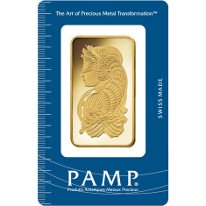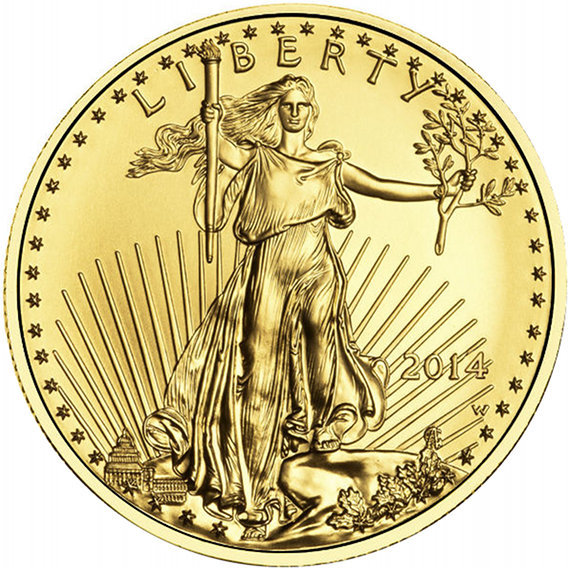Free Gold Price Widget For Your Website
This feature is only supported in the desktop browsers. Please visit this page in your desktop browser to retrieve the widget.
Share live gold prices with your website followers or on your blog, using our free gold price widget. To get started, please select one of the size dimensions from the drop-down menu below, and copy the code from the Widget Code text box and paste it into the desired position in your page. If you have any trouble, please contact us at support@jmbullion.com.
Widget Preview
Widget Code
Gold Prices in United Arab Emirates Dirham
The gold market is global, and as such the yellow metal is traded all over the world. Gold can be quoted or transacted in any currency. If you are in the United Arab Emirates and are looking to buy or sell gold, you would see the price of gold quoted in the local currency per ounce, gram and kilo.
The United Arab Emirates is a federal monarchy established in 1971. The nation borders Saudi Arabia and Oman, and shares maritime borders with Qatar and Iran. The United Arab Emirates, or UAE, is a federation comprised of seven emirates including: Abu Dhabi, Ajman, Dubai, Ras al-Khaimah, Fujairah, Umm al-Quwain and Sharjah.
Each individual emirate is governed by an absolute monarch, and these monarchs make up the Federal Supreme Council. One monarch is selected to act as president of the UAE.
The federation’s currency, known as the Dirham, was introduced in 1973 (although the dirham has a much longer history). The currency is also referred to as the Emirati Dirham, and got its name from the Greek word “Drachmae.” When it was introduced, the dirham took over for the Qatar and Dubai Riyal, which had been in circulation in all of the emirates except Abu Dhabi since 1966.
Each unit of dirham can be subdivided into 100 smaller currency units known as fils.
Gold Pricing in United Arab Emirates Dirham
Gold is transacted all over the globe, and its price is constantly in motion. If you are looking to buy or sell gold in the UAE, you would see prices quoted by the ounce, gram and kilogram in the local currency. Because the region is a major tourist destination, you could also see gold prices quoted in other currencies such as U.S. Dollars, British Pounds or euros. Gold prices can be affected by numerous potential factors. Some of the main drivers of gold prices may include:
- Interest rates
- Monetary policy or QE
- Geopolitics
- Inflation
- Investment demand
- Jewelry demand
Gold is owned by many of the world’s central banks. These large financial institutions may purchase and hold physical gold bullion for numerous reasons. Gold may potentially provide further diversification of the central bank’s reserves and may also potentially give the nation’s currency added credibility. The yellow metal may also be purchased by investors as a potential hedge against inflation and declining currency values.
The United Arab Emirates Economy
The economy of the United Arab Emirates is the second largest in the Arab world behind Saudi Arabia. Despite taking steps to diversify its economy, the UAE remains heavily dependent on oil sales. In fact, oil sales provide for much of the state’s budget. The UAE has some of the largest oil reserves in the world.
The emirate of Dubai has taken some steps in recent years to diversify its economy. Dubai established the Dubai International Financial Centre This financial centre comes with numerous potential benefits, including no withholding tax and its own regulatory system. This regulatory system is unique as it combined best practices from other major financial hubs including London, New York, Zurich and Singapore. Recent activity in the region has attracted numerous large companies to open branches or establish headquarters in the region.
The real estate and construction boom in the region has resulted in some of the world’s tallest tourist hotels. These hotels feature unique designs and extreme elegance. Tourism has become a key component of the nation’s GDP, and the state continues to make various investments to aid in increasing tourism.
In addition to its energy and tourism industries, the UAE also has a growing manufacturing industry as well.
The Dubai Gold Souk
The Dubai Gold Souk is located within the heart of the commercial business district. This area has hundreds of retailer shops that trade primarily in gold jewelry. As tourism increases in the region, demand for gold and gold jewelry could potentially increase. In addition to gold jewelry, individual investors may also look to add gold coins and bars to their investment portfolios.
World Gold Prices
- Arab Emirates Gold Price
- Australia Gold Price
- Brazil Gold Price
- Canada Gold Price
- Chile Gold Price
- China Gold Price
- Czech Republic Gold Price
- Denmark Gold Price
- Europe Gold Price
- Hong Kong Gold Price
- Hungary Gold Price
- India Gold Price
- Indonesia Gold Price
- Israel Gold Price
- Japan Gold Price
- Malaysia Gold Price
- Mexico Gold Price
- New Zealand Gold Price
- Norway Gold Price
- Pakistan Gold Price
- Philippines Gold Price
- Poland Gold Price
- Russia Gold Price
- Singapore Gold Price
- South Africa Gold Price
- South Korea Gold Price
- Sweden Gold Price
- Switzerland Gold Price
- Taiwan Gold Price
- Thailand Gold Price
- Turkey Gold Price
- United Kingdom Gold Price
- United States Gold Price










